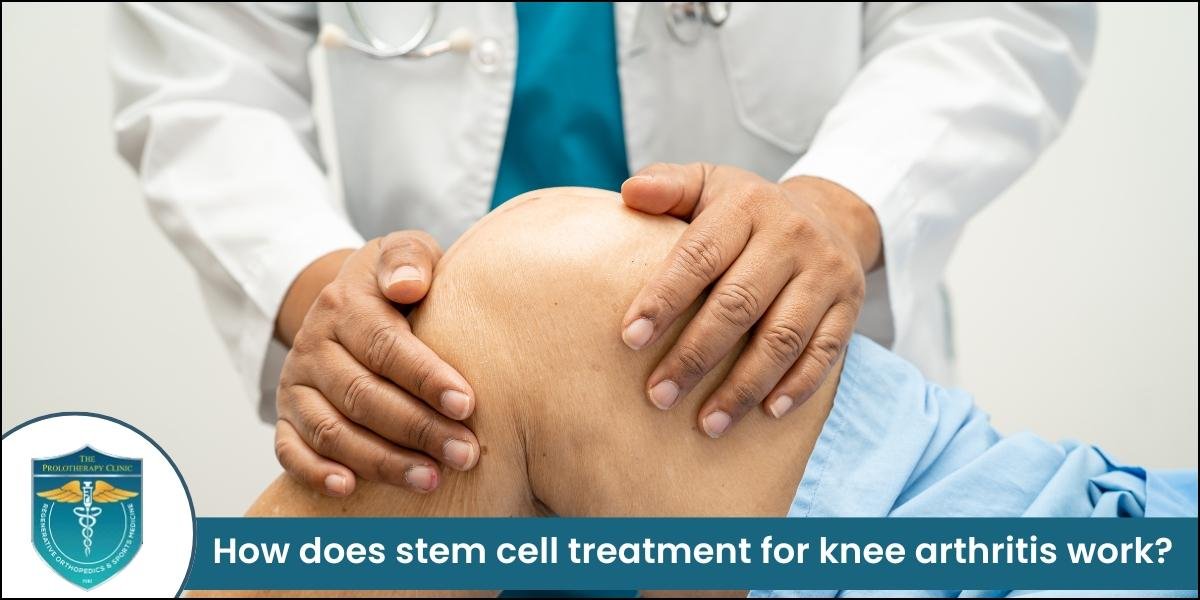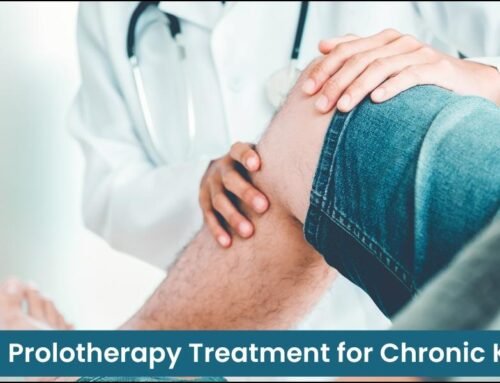If you’re among the millions living with the daily grind of arthritic knee pain, you know the struggle. The stiffness that makes mornings difficult, the sharp ache that accompanies every step, and the gradual loss of activities you once loved can be incredibly frustrating. While traditional treatments like painkillers, physiotherapy, and even knee replacement surgery are common, many are now seeking regenerative alternatives. At the forefront of this medical revolution is stem cell therapy for knee arthritis.
But how does it actually work? Is it just a temporary fix or a genuine path to healing? Let’s break down the science and process behind this promising treatment.
Understanding the Enemy: What is Knee Arthritis?
Arthritis, specifically osteoarthritis, is the wear-and-tear degeneration of the protective cartilage that cushions the ends of your bones. In a healthy knee, this cartilage allows for smooth, frictionless movement. In an arthritic knee, the cartilage is broken down, leading to bone-on-bone contact, inflammation, pain, swelling, and stiffness.
The body has a limited ability to heal this cartilage on its own. Traditional treatments often focus on managing symptoms rather than addressing the root cause of the damage. This is where stem cell therapy aims to make a difference.
The Stars of the Show: What Are Stem Cells?
Stem cells are your body’s natural master cells. They are undifferentiated, meaning they have the unique potential to transform into various specialized cell types—like bone, cartilage, muscle, or tendon cells. Their primary roles are healing and regeneration.
For orthopedic treatments, Mesenchymal Stem Cells (MSCs) are most commonly used. These are found in several areas of the body, with bone marrow and adipose (fat) tissue being the richest and most accessible sources.
The Healing Process: How Stem Cell Therapy Works for Knees
The goal of stem cell injection for knee arthritis is not just to mask pain but to potentially modify the disease process and promote true tissue regeneration. Here’s a step-by-step look at how the procedure works:
-
Harvesting: The first step is to collect the stem cells. The most common method is a minimally invasive bone marrow aspiration, typically from the patient’s own pelvic bone (autologous transplant). Alternatively, cells can be harvested from abdominal fat tissue.
-
Processing: The harvested sample is then placed in a centrifuge—a machine that spins at high speed. This process concentrates the stem cells and growth factors, creating a potent regenerative solution often called Bone Marrow Concentrate (BMC).
-
Activation (Optional): Some advanced protocols use Platelet-Rich Plasma (PRP) alongside the stem cells. PRP is rich in growth factors that can “activate” the stem cells, essentially giving them a clear instruction manual to start the repair process once injected.
-
Injection: Using live X-ray (fluoroscopy) or ultrasound guidance for precision, the orthopedic doctor injects the concentrated stem cell solution directly into the damaged areas of the knee joint, the surrounding ligaments, and any other compromised tissues.
The Magic After the Injection: Regeneration in Action
The real work begins after the injection. The introduced stem cells don’t just instantly become new cartilage. Instead, they work through powerful mechanisms:
-
Differentiation: Some of the stem cells may develop into new chondrocytes (cartilage cells), helping to repair the damaged tissue.
-
Paracrine Signaling: This is perhaps their most important function. The stem cells release a flood of bioactive molecules, cytokines, and growth factors. These substances:
-
Reduce Inflammation: They modulate the immune response, significantly reducing the chronic inflammation that causes pain and further damage.
-
Stimulate Repair: They recruit the patient’s own native cells to the area and stimulate them to proliferate and heal.
-
Promote Angiogenesis: They encourage the formation of new blood vessels, improving blood supply and delivering essential nutrients to the healing site.
-
The result is a targeted healing response that addresses both the structural damage and the inflammatory environment of the arthritic knee.
Is Stem Cell Therapy Right for You?
Stem cell treatment for knee osteoarthritis is not a cure-all. It is most effective for patients with mild to moderate arthritis who want to delay or avoid invasive surgery, maintain an active lifestyle, and address the biological cause of their pain. Ideal candidates are those who have not found sufficient relief from conservative treatments like physical therapy or corticosteroid injections.
If chronic knee pain is holding you back, exploring regenerative treatment options could be your next step. The decision to pursue stem cell therapy is significant and requires expert guidance from a skilled orthopedic specialist.
Dr. Vikram Rajguru, a renowned Orthopedic Doctor in Pune at The Prolotherapy Clinic, specializes in advanced non-surgical knee pain treatments. With a focus on regenerative medicine, including stem cell therapy and prolotherapy.
Considering knee arthritis treatment in Pune? Schedule a consultation with Dr. Vikram Rajguru to discuss your condition and determine if you are a candidate for this innovative approach to healing.




